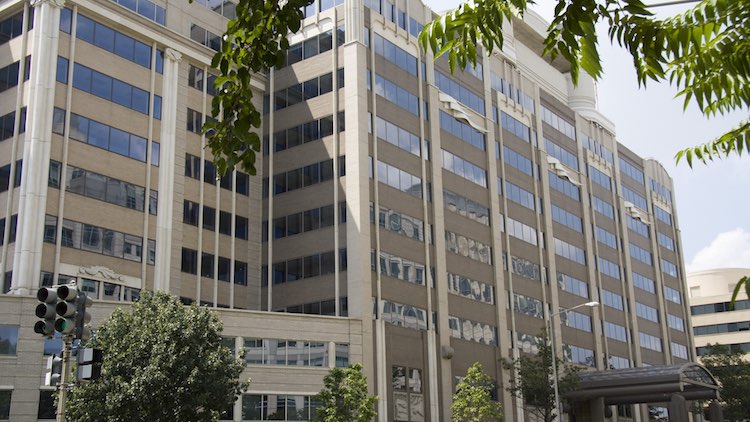Spectrum Auction Resumes Wednesday at 10 a.m.

The FCC has made it official. Stage 4 of the forward portion of the spectrum auction will launch Wednesday, Jan. 18, and perhaps close as well if forward auction bidders start bidding again.
The forward portion is where wireless companies and others bid for the spectrum broadcasters have agreed to relinquish in the reverse auction, which closed Friday at $10 billion for 84MHz. Forward auction bidders are only bidding for 70 MHz of that because some of the reclaimed spectrum goes to buffer bands to guard against interference between services and uses.
As with previous stages, the forward auction will start off with two two-hour rounds at 10 a.m.-noon and 2-4 p.m. until further notice.
Bidders in the forward auction—eligible bidders include wireless carriers and Comcast-NBC—are competing for 70 MHz of spectrum with seven paired blocks (5 uplink, 5 downlink) in each market.
In stage 3, those forward auction bidders offered a little over $19 billion for 80 MHz and are on the hook for the same per-license price for the reduced number of licenses, so given that $10 billion asking price, after round one Wednesday the revenues from the forward auction bids will almost certainly cover broadcasters' ask, but that is only one of two components that needs to be met for the auction to close.
What may not be met, unless the forward auction bidders start bidding up the price, will be the first component for closing the auction, which is a set price for the spectrum in each of the top 40 PEAs ("partial economic areas," or the auction's version of a market). That metric is based on a formula taking into account the dollars bid, spectrum available and population covered by the licenses.
That top market set price is $1.25 per MHz POP (the aforementioned metric), while the bidding, if the forward bidders stand pat, is only at about $1.22 per POP, or three cents per POP short. That component had previously been satisfied by the $19 billion forward auction bid from Stage 3.
The smarter way to stay on top of broadcasting and cable industry. Sign up below
The latest iteration of the forward auction could go one of several ways.
If the forward auction bidders stay at their same prices and just agree to pay the same per-license price for seven licenses as they did for eight, the FCC will give them one last chance to bid—a bonus round as it were—which was built into the auction as a "you sure you don't want to bid?" nudge for whenever forward auction bidders got within 20% of one of the two components for closing the auction (satisfying both components would be meeting the "final stage" rule).
If demand does not increase anywhere in the top 40 markets, that first component will stay at $1.22, will not be met, and it is on to a Stage 5 reverse auction, likely a few days hence.
If after round one, forward auction participants start bidding up the price to above $1.25 (some optimistic estimates have wireless companies willing to bid it up by several billion), both components have been met, the final stage rule has been satisfied and there will be no stage 5, although the auction will continue until there are no PEAs where demand exceeds supply. And then the auction still won't be quite over because there will be an auction among the winning bidders—probably taking at least a couple of weeks—for specific channels—they have been bidding for blocks rather than specific frequencies (adjacent frequencies will be more desirable).
If after round one there has been new bidding in at least one of the top 40 markets but the per MHz POP price is not above $1.25, the auction continues and could well go for days or weeks if forward bidders were just waiting for the prices to hit bottom before bidding them up.
Contributing editor John Eggerton has been an editor and/or writer on media regulation, legislation and policy for over four decades, including covering the FCC, FTC, Congress, the major media trade associations, and the federal courts. In addition to Multichannel News and Broadcasting + Cable, his work has appeared in Radio World, TV Technology, TV Fax, This Week in Consumer Electronics, Variety and the Encyclopedia Britannica.

